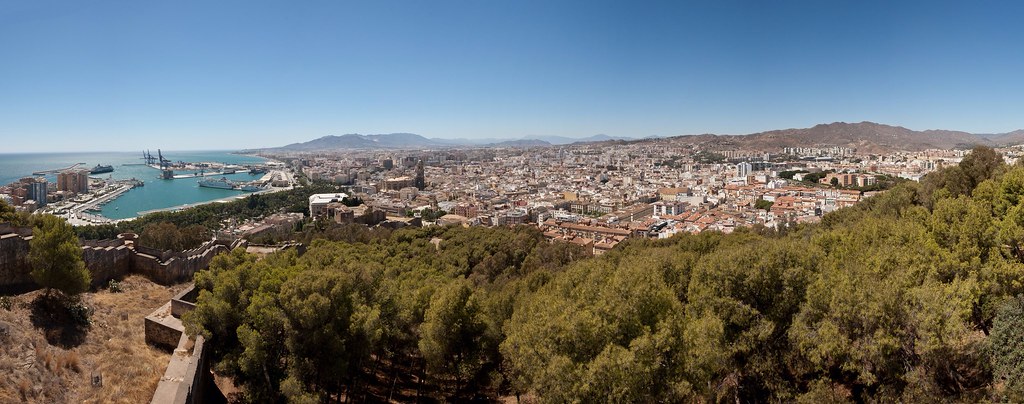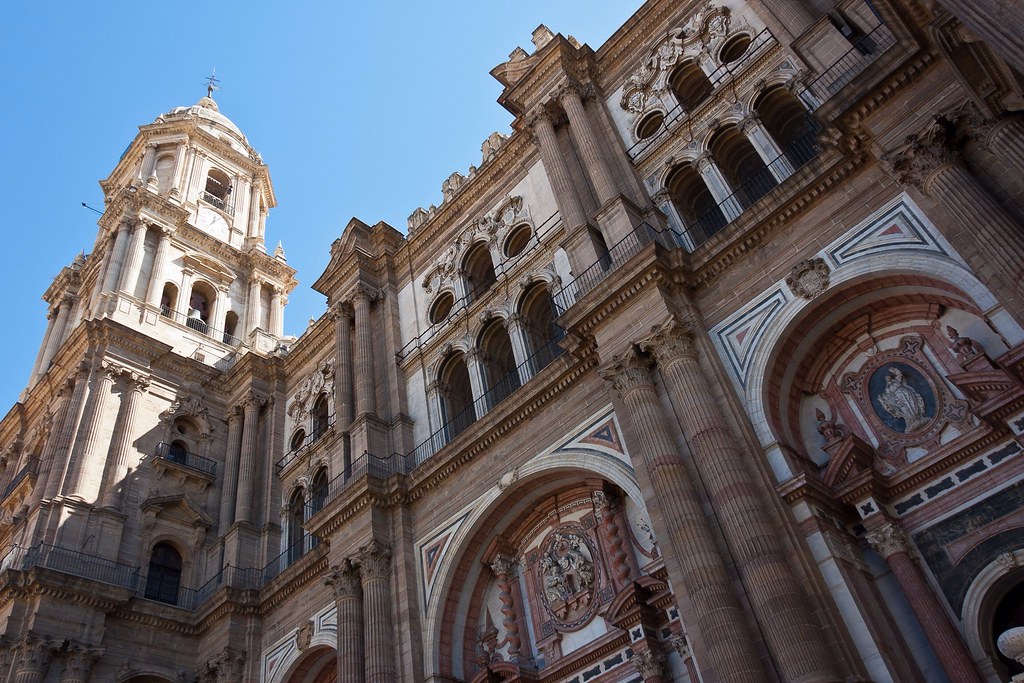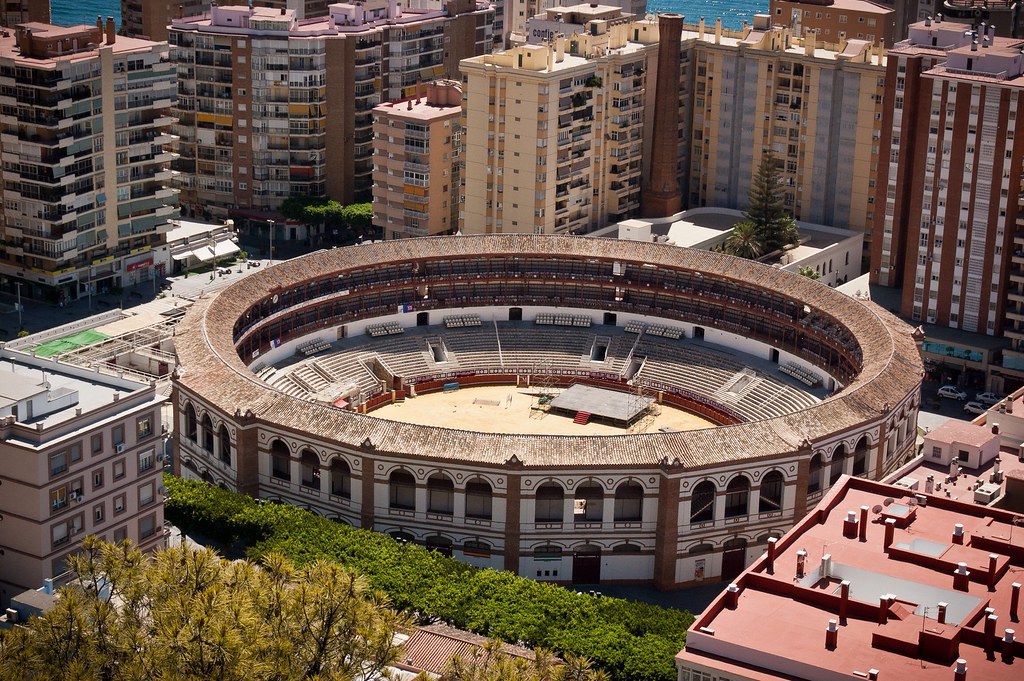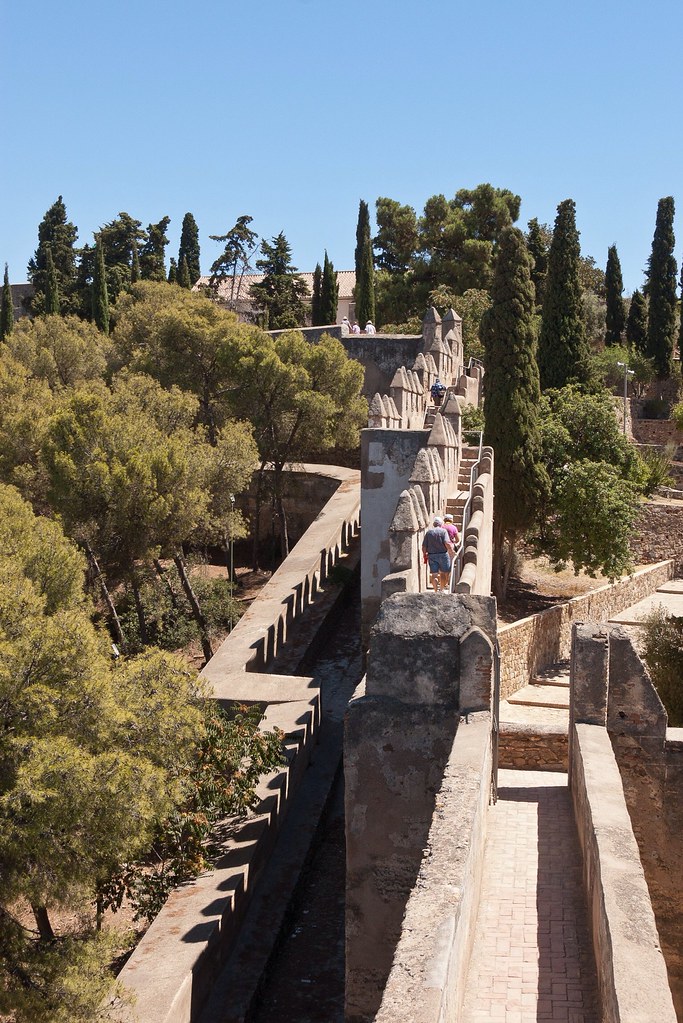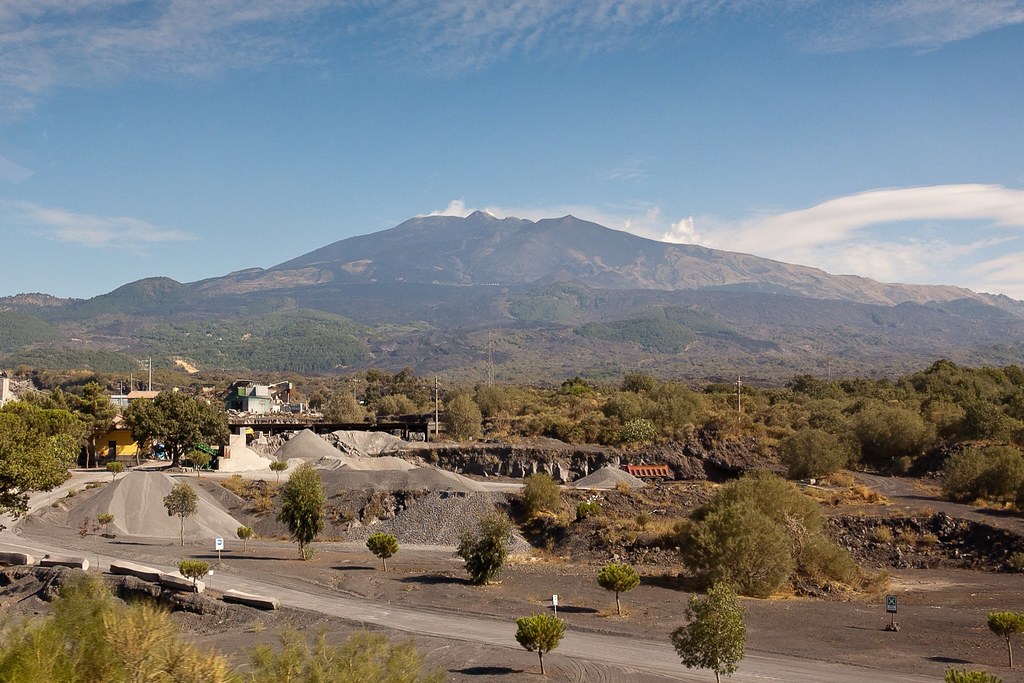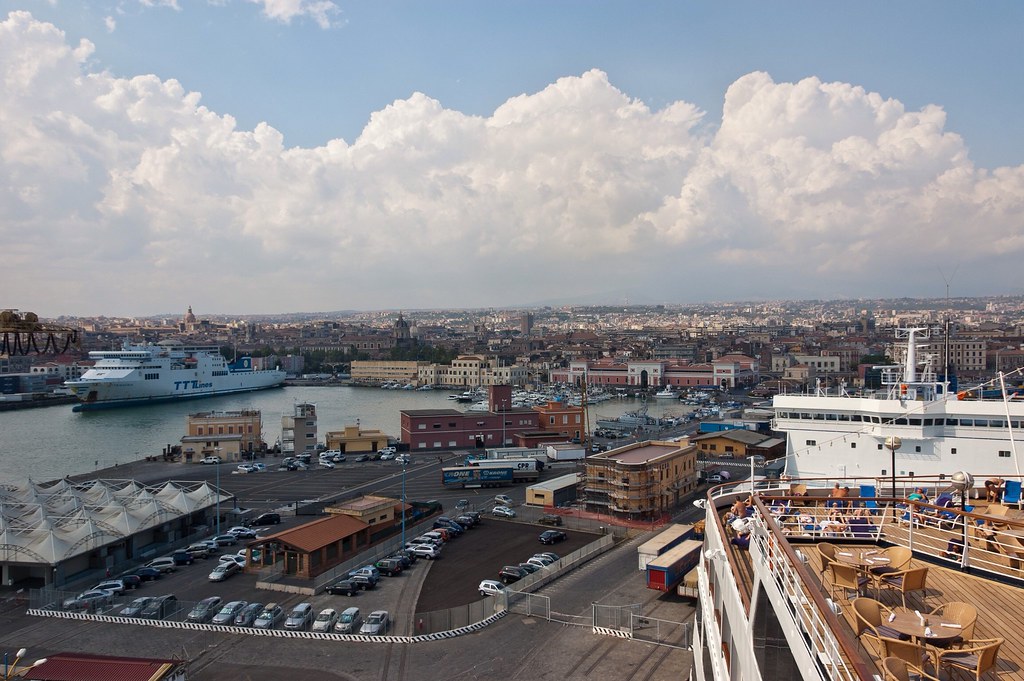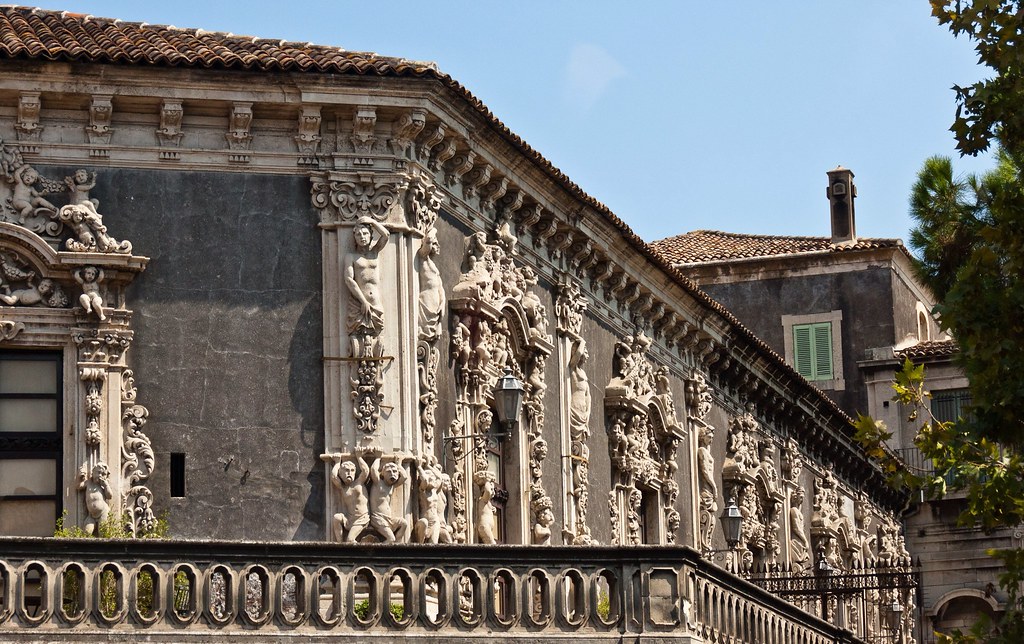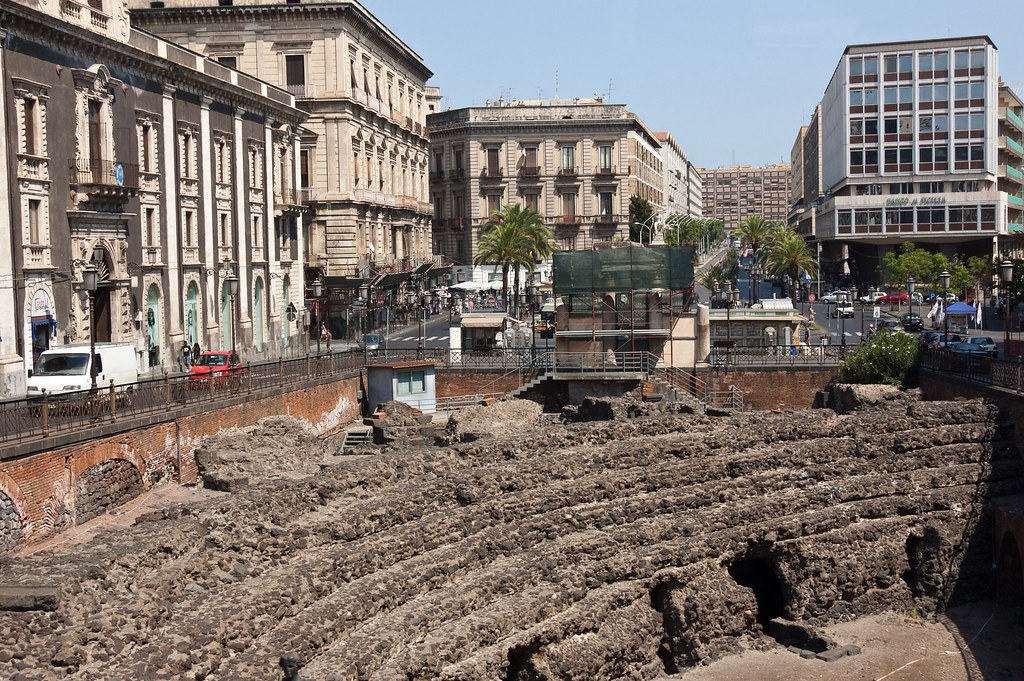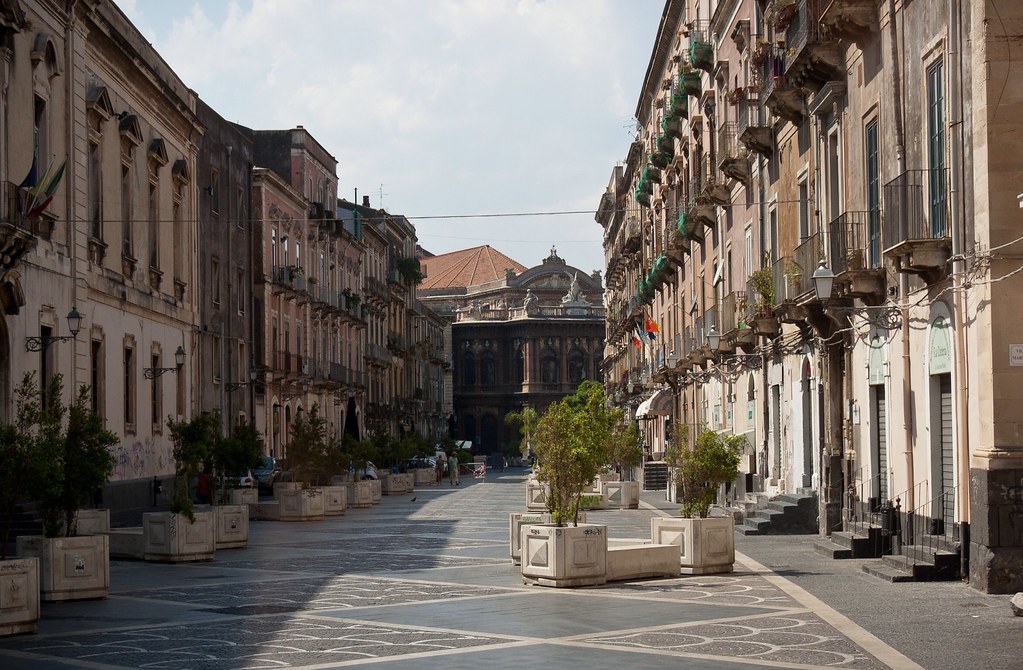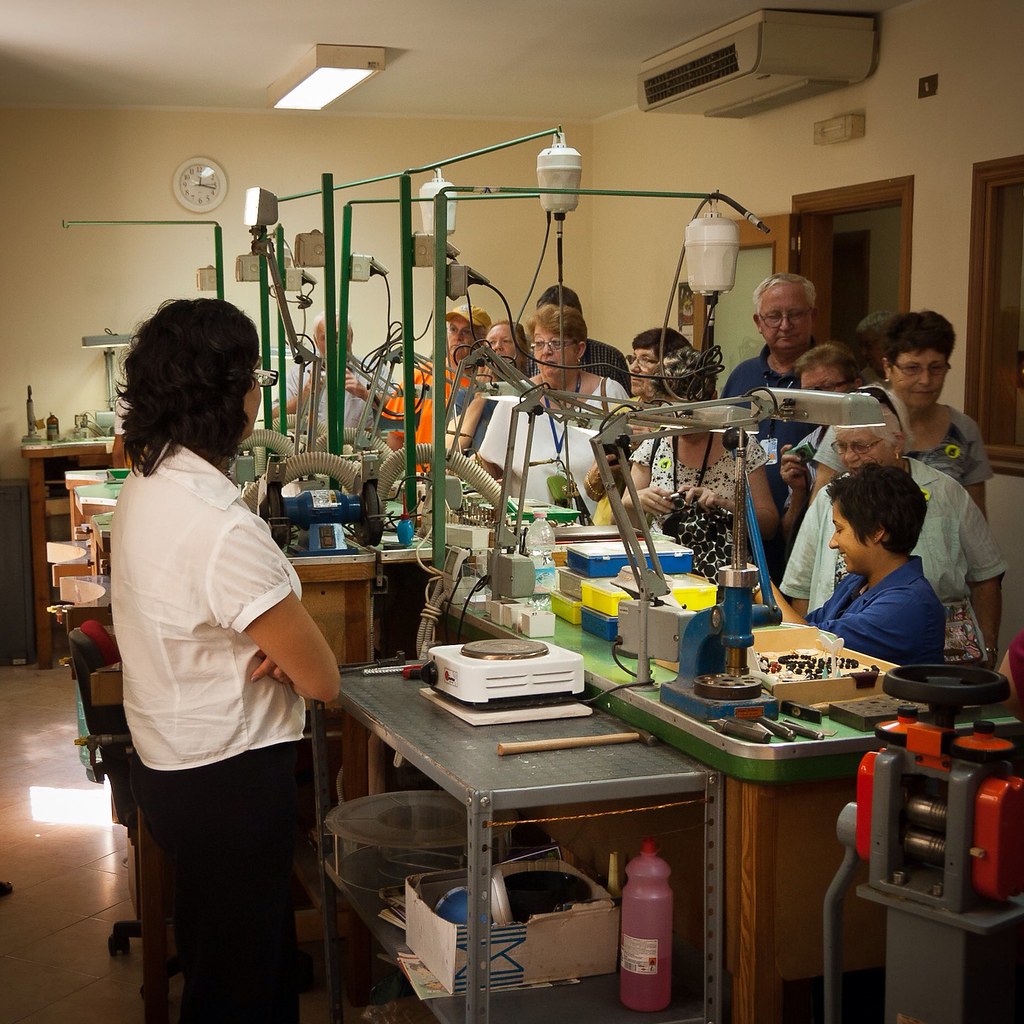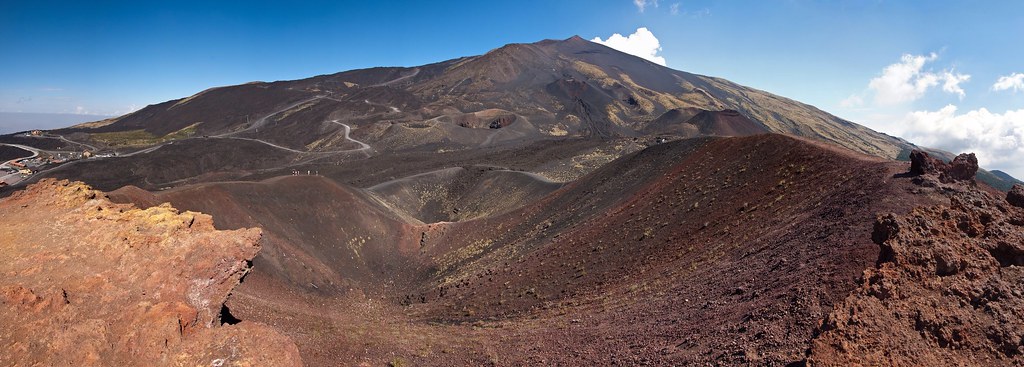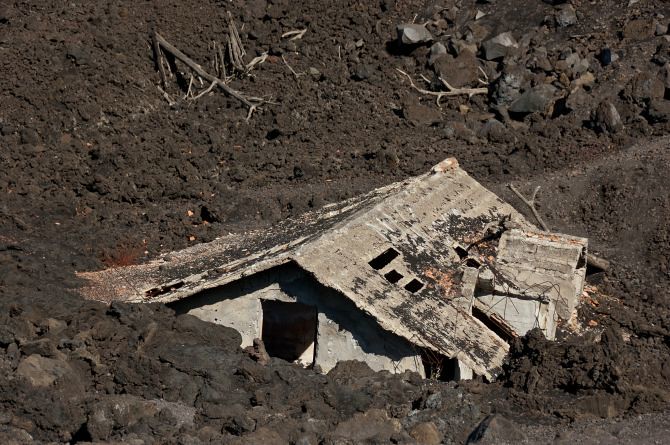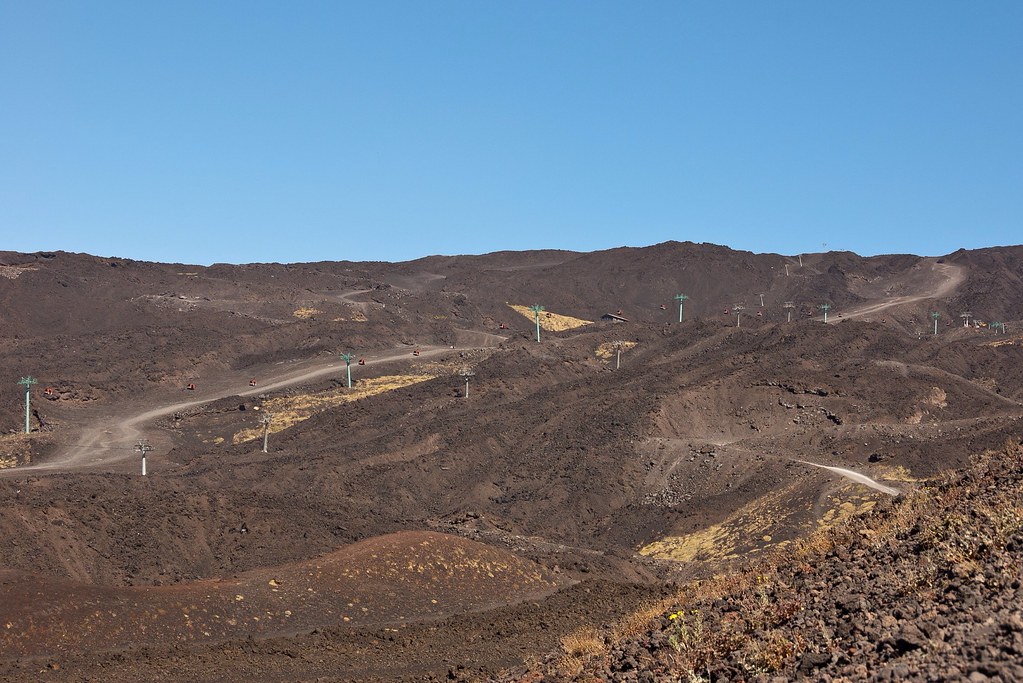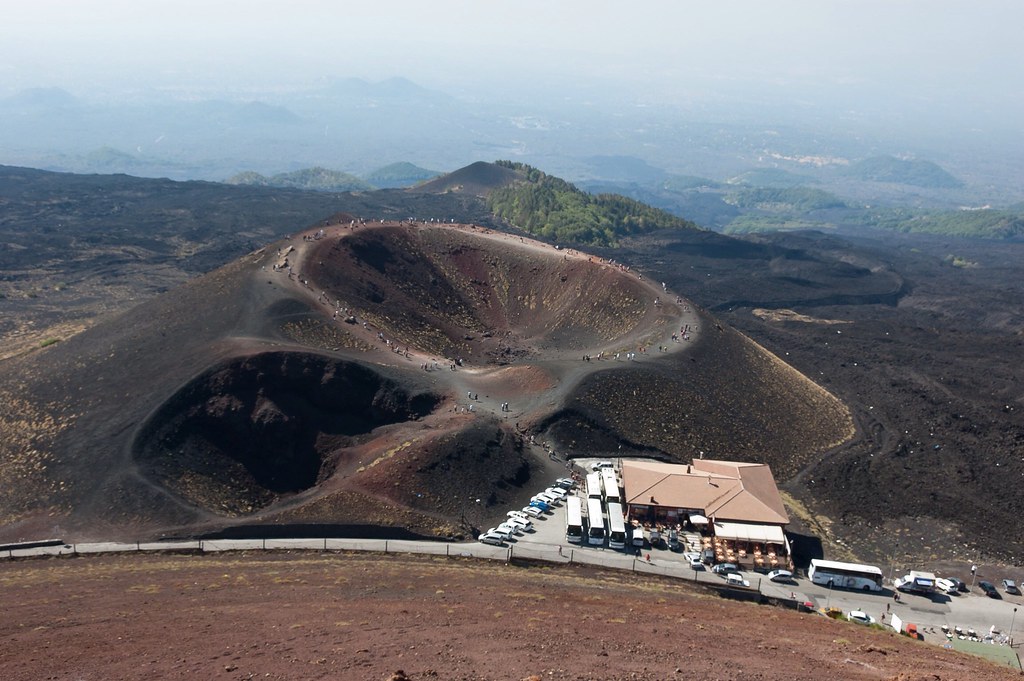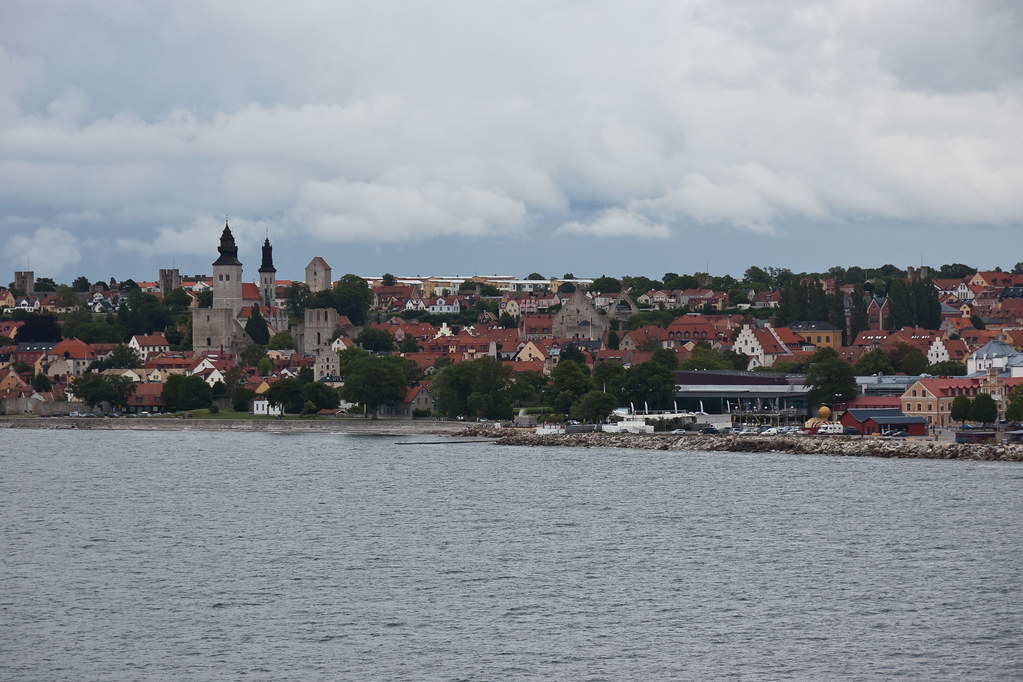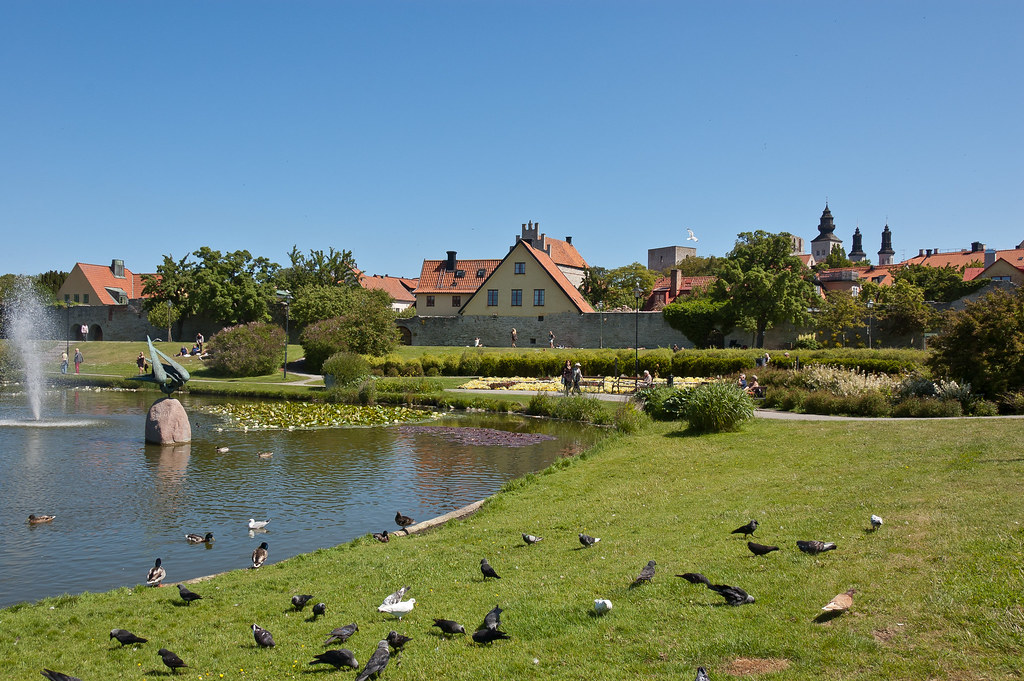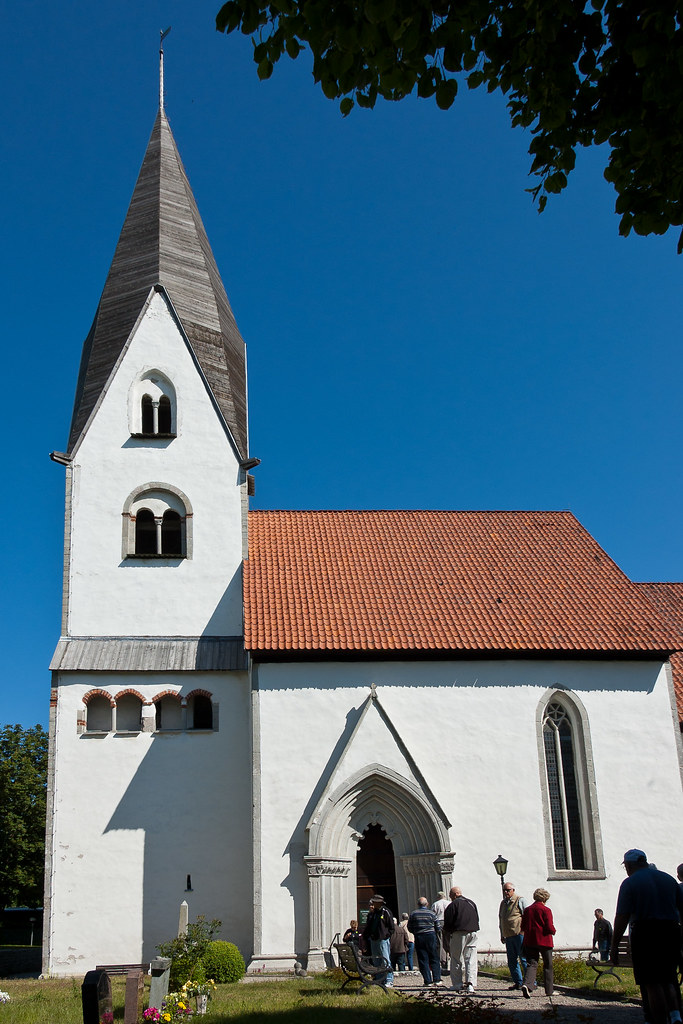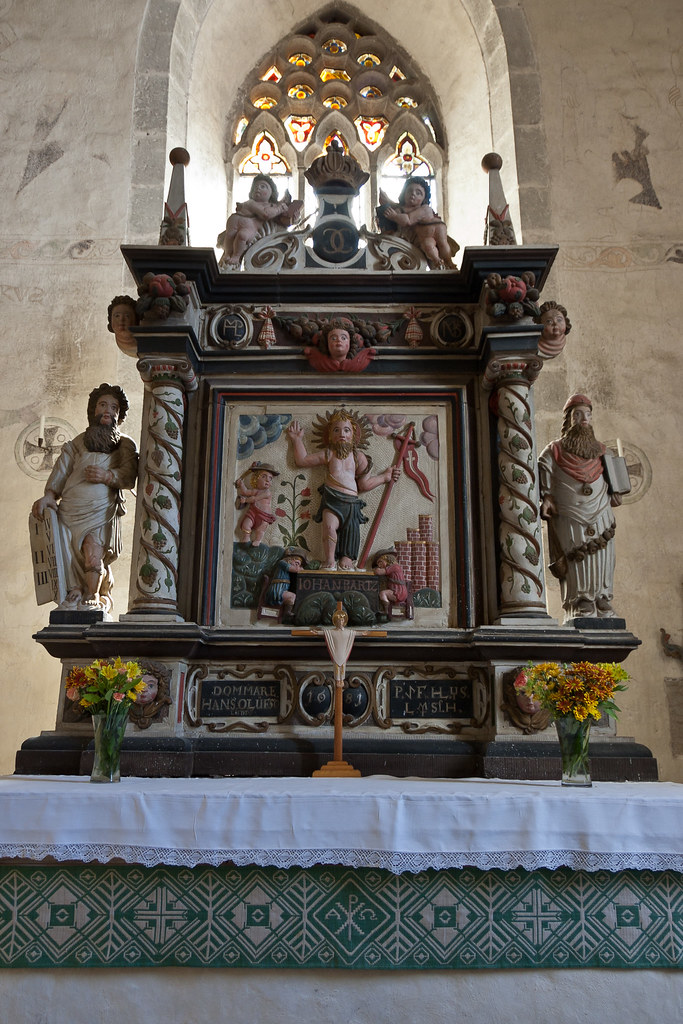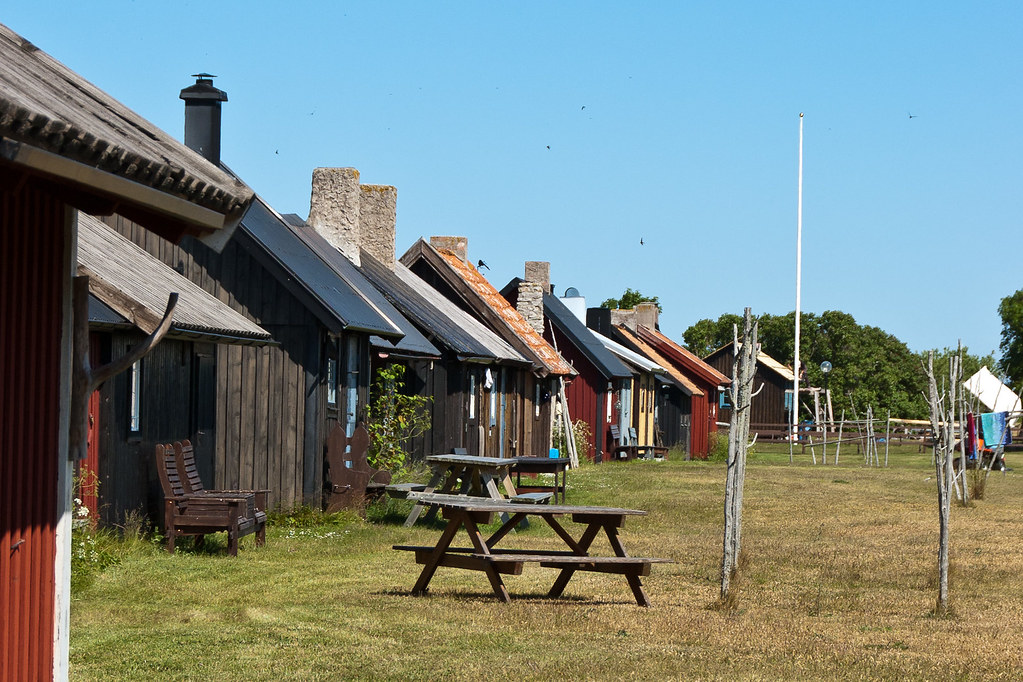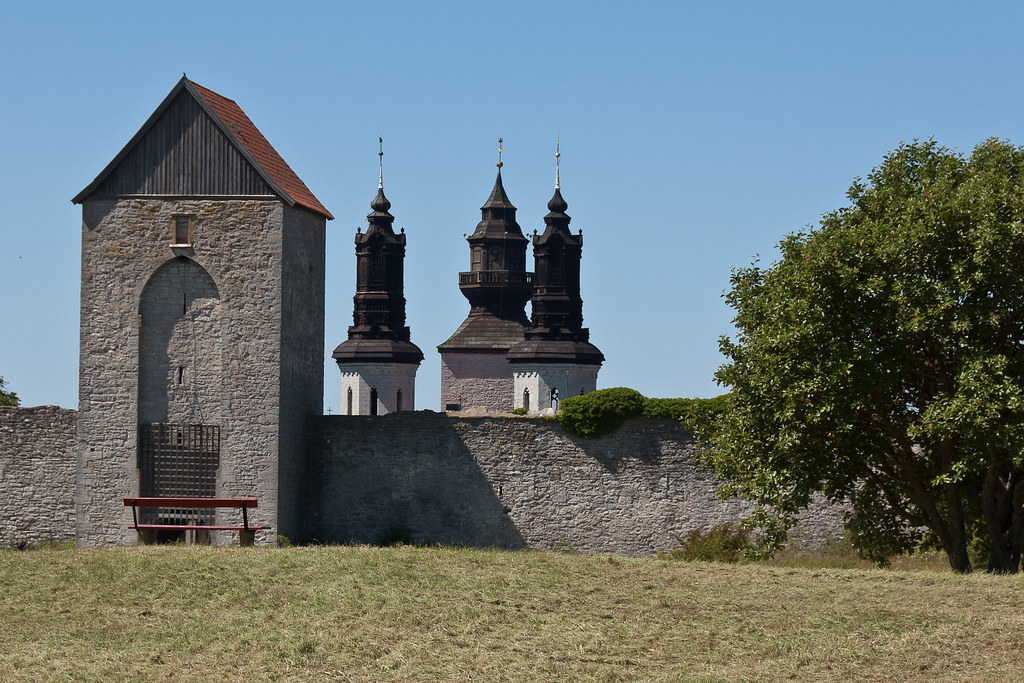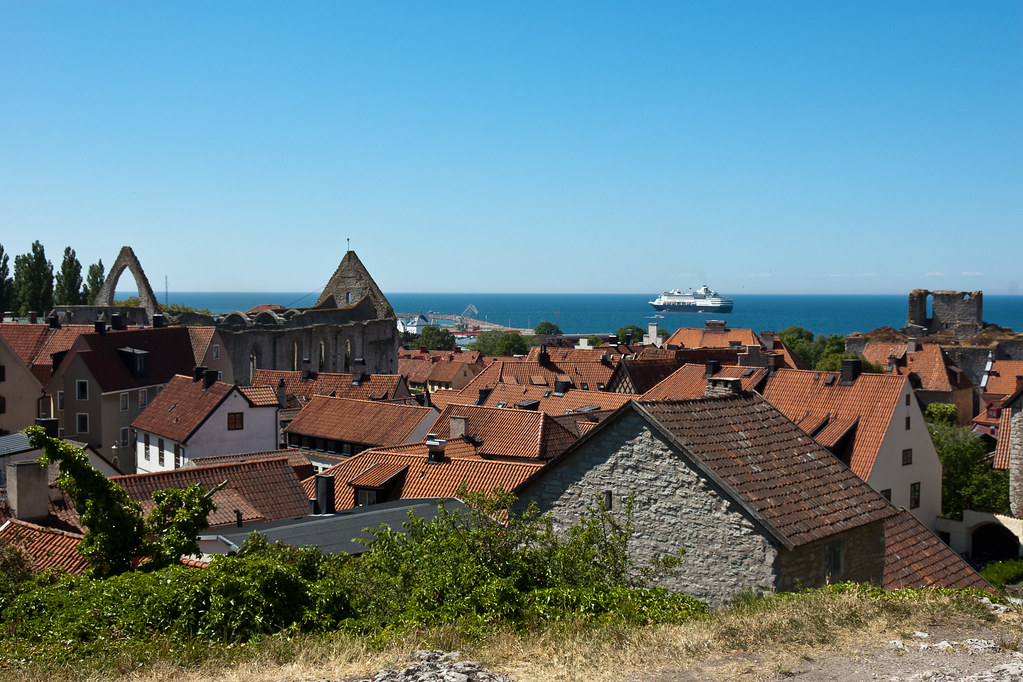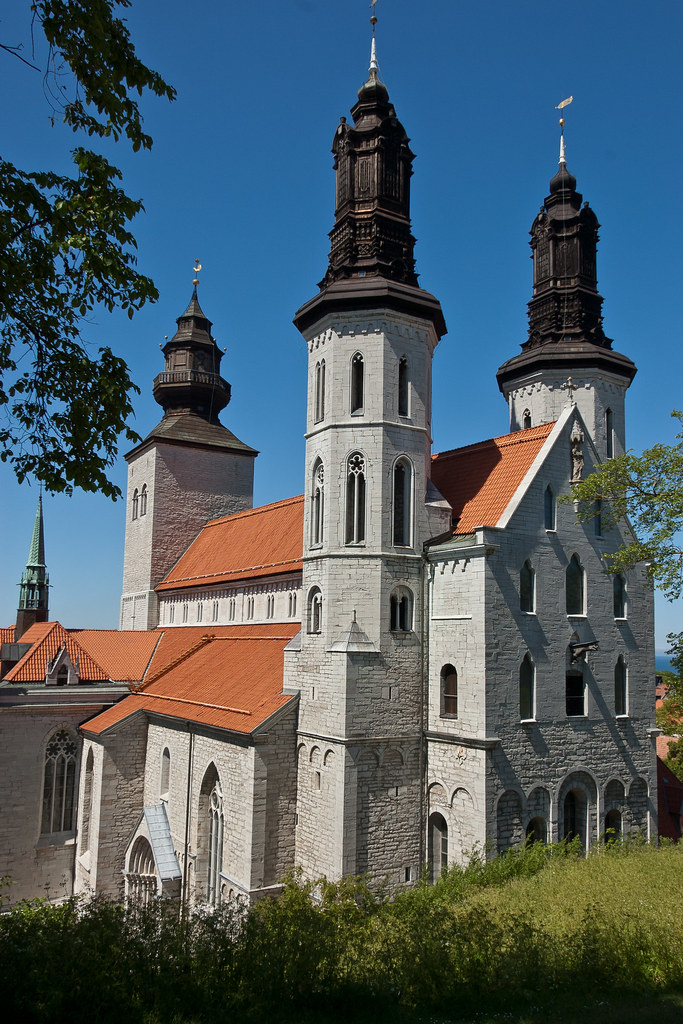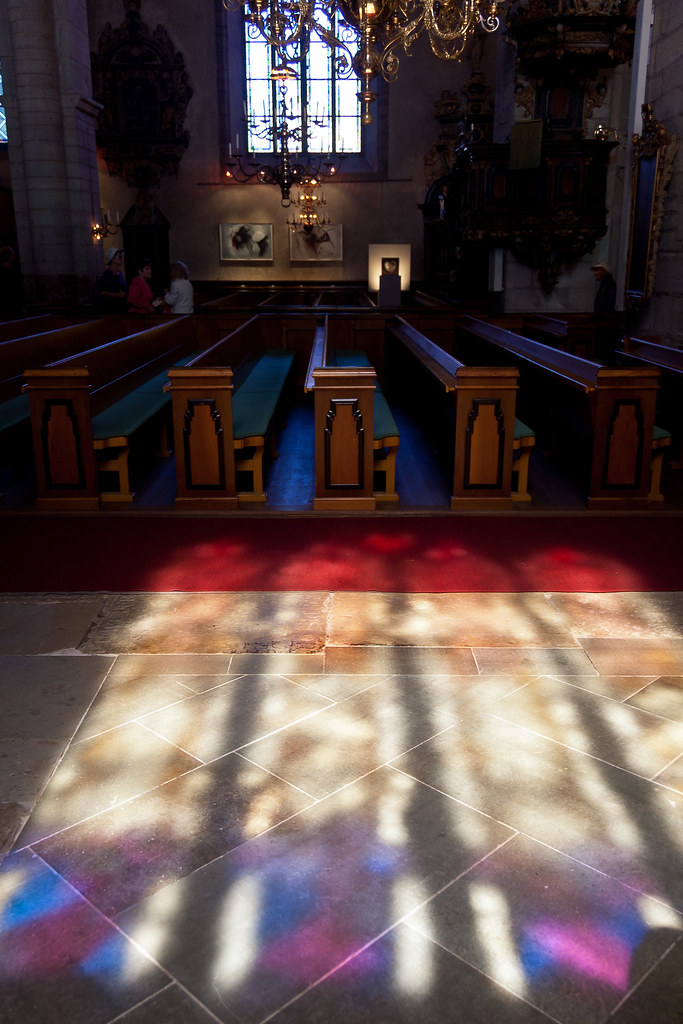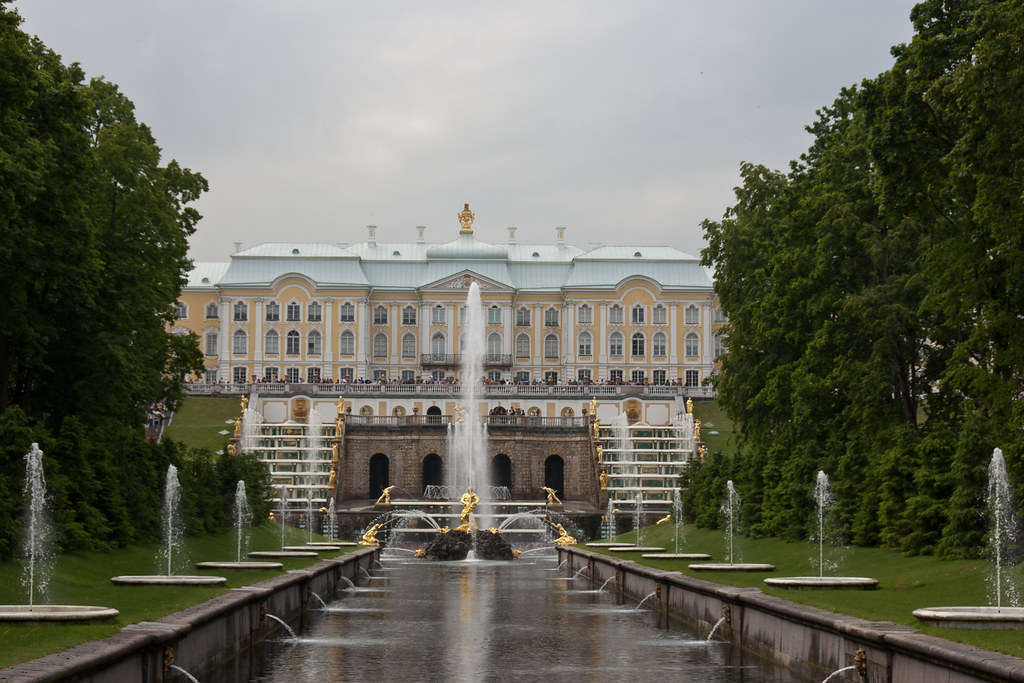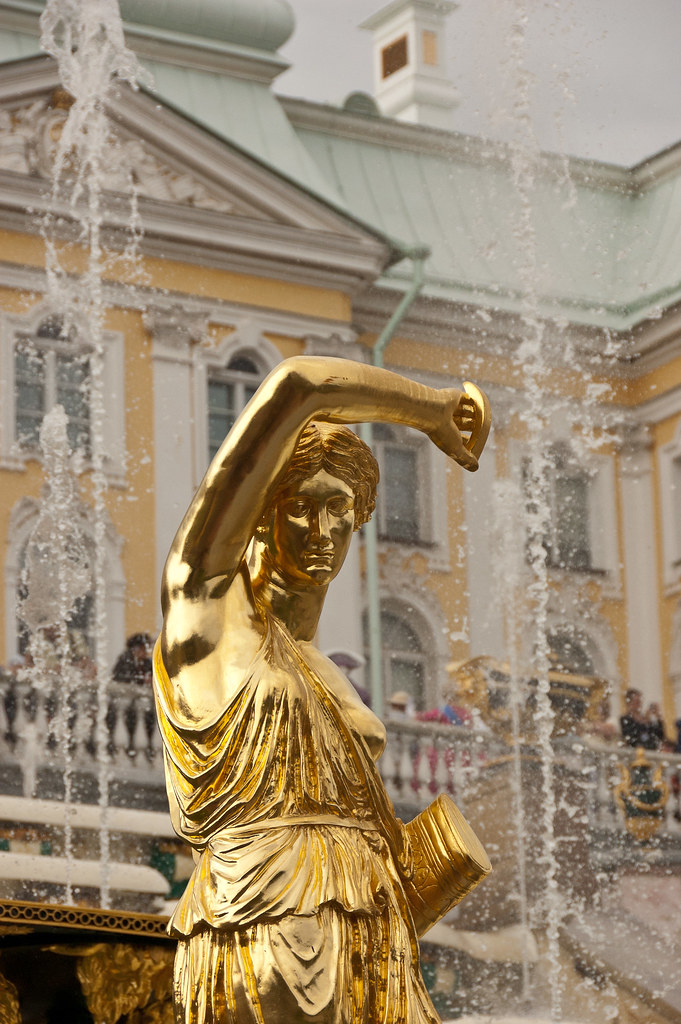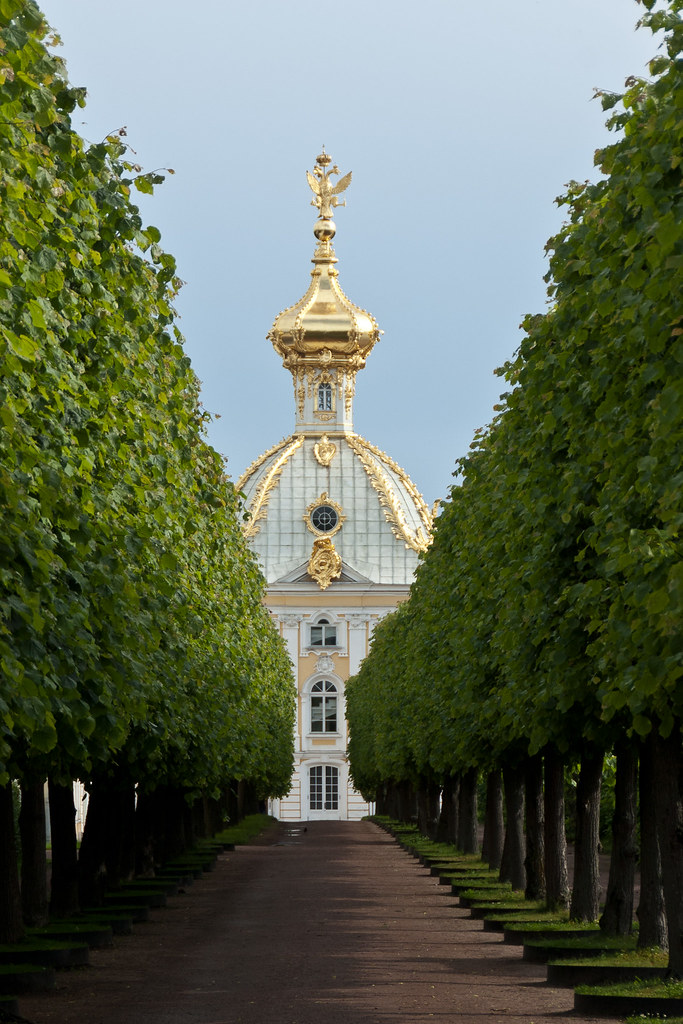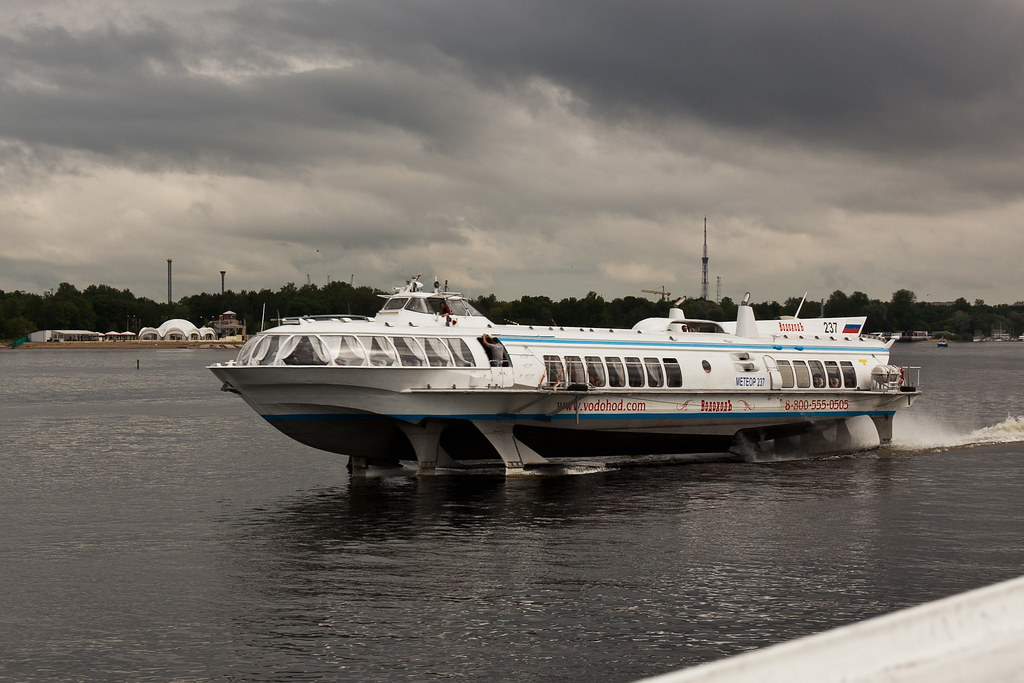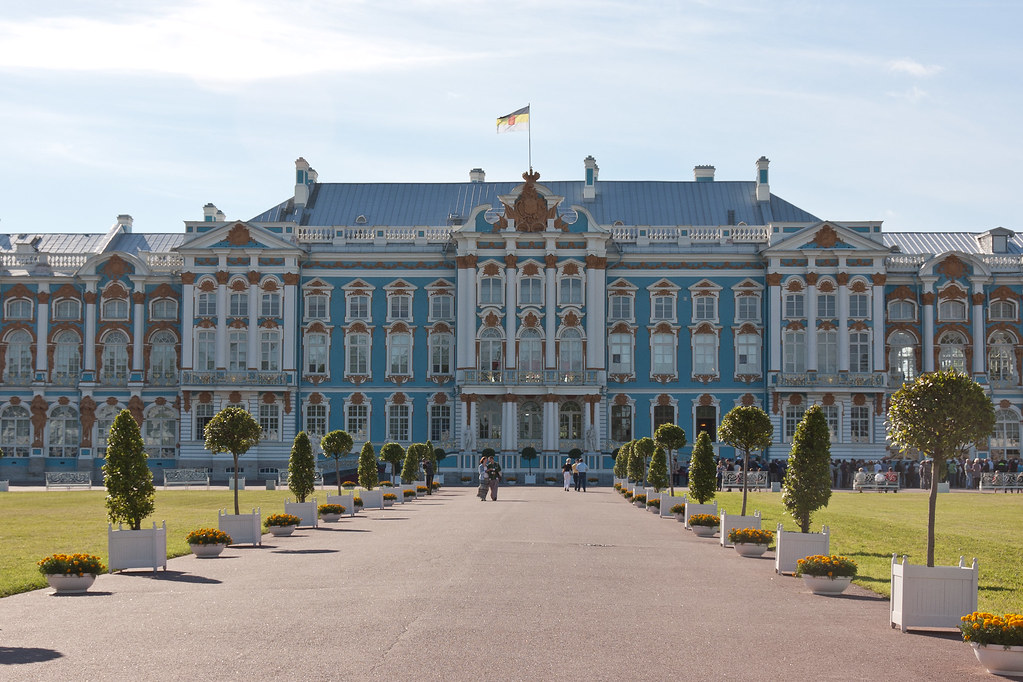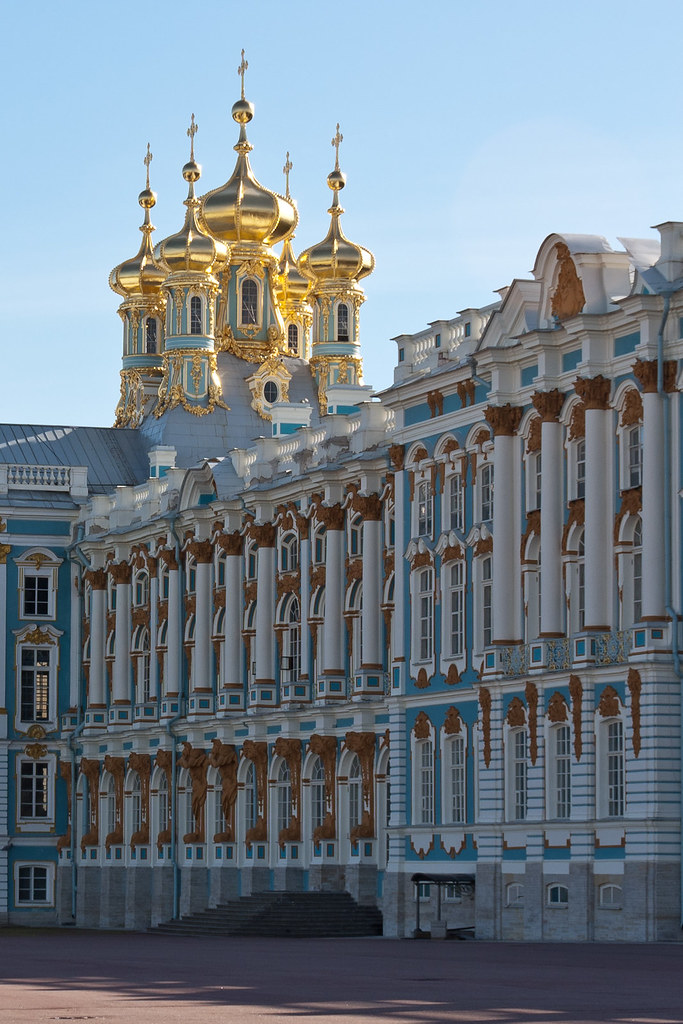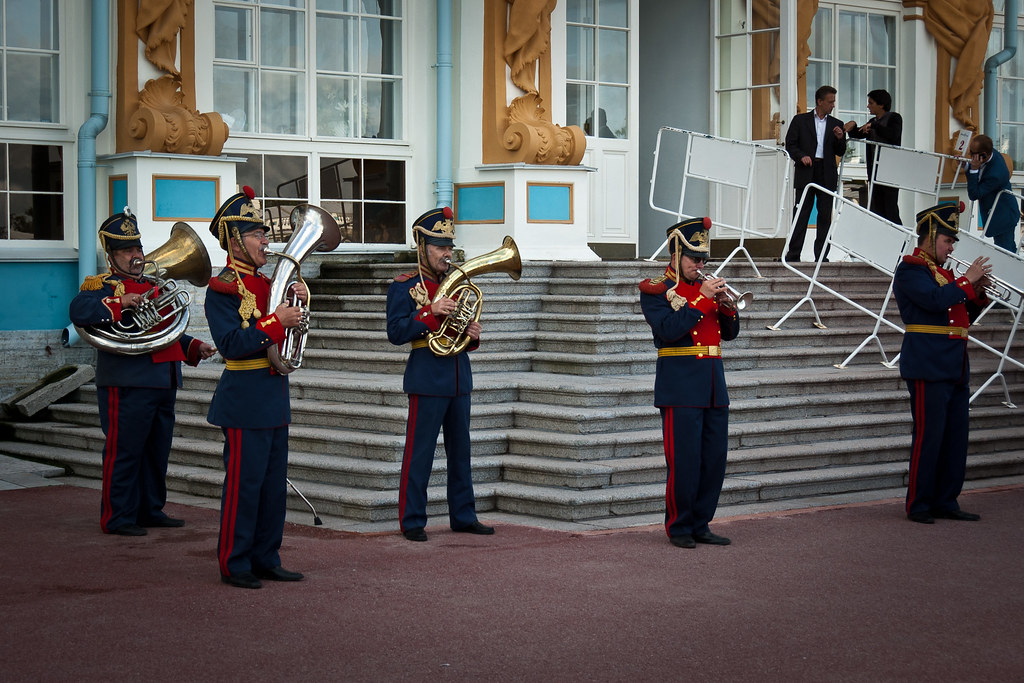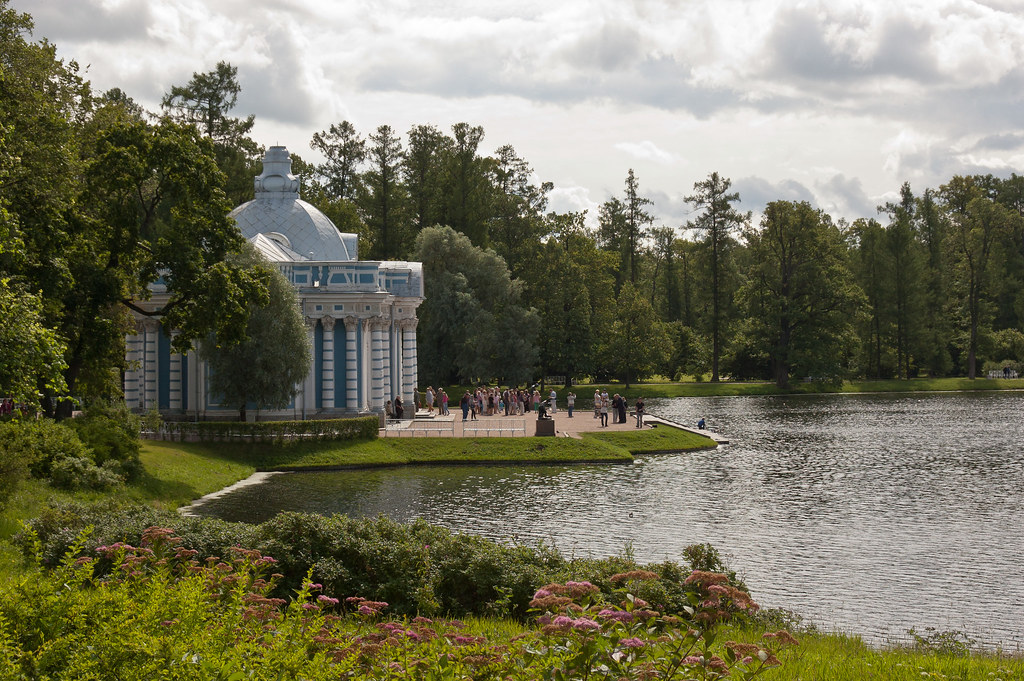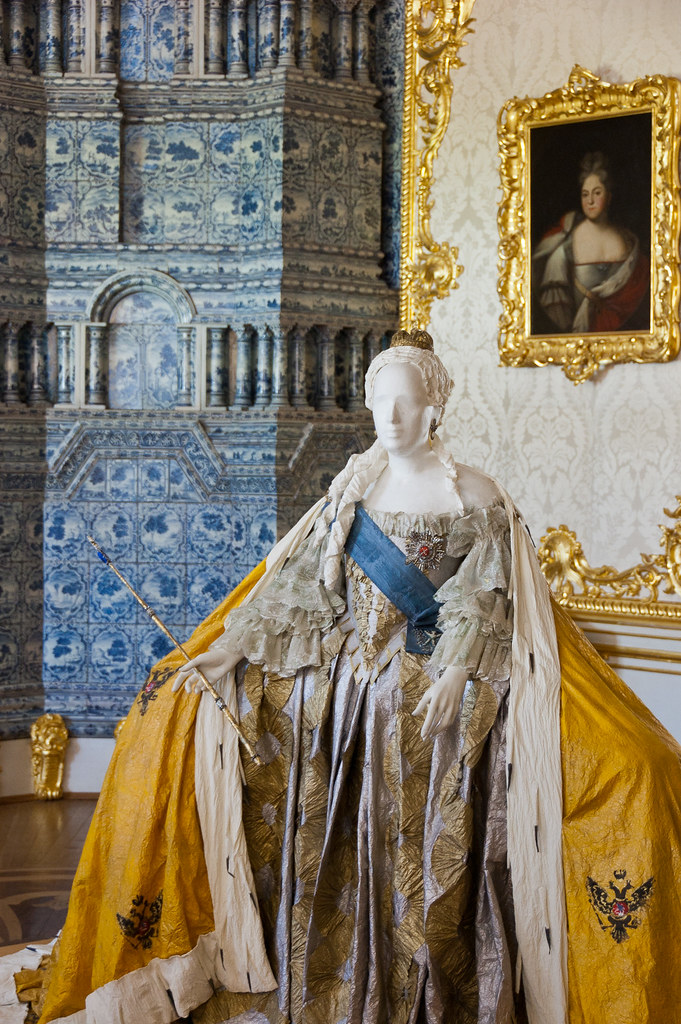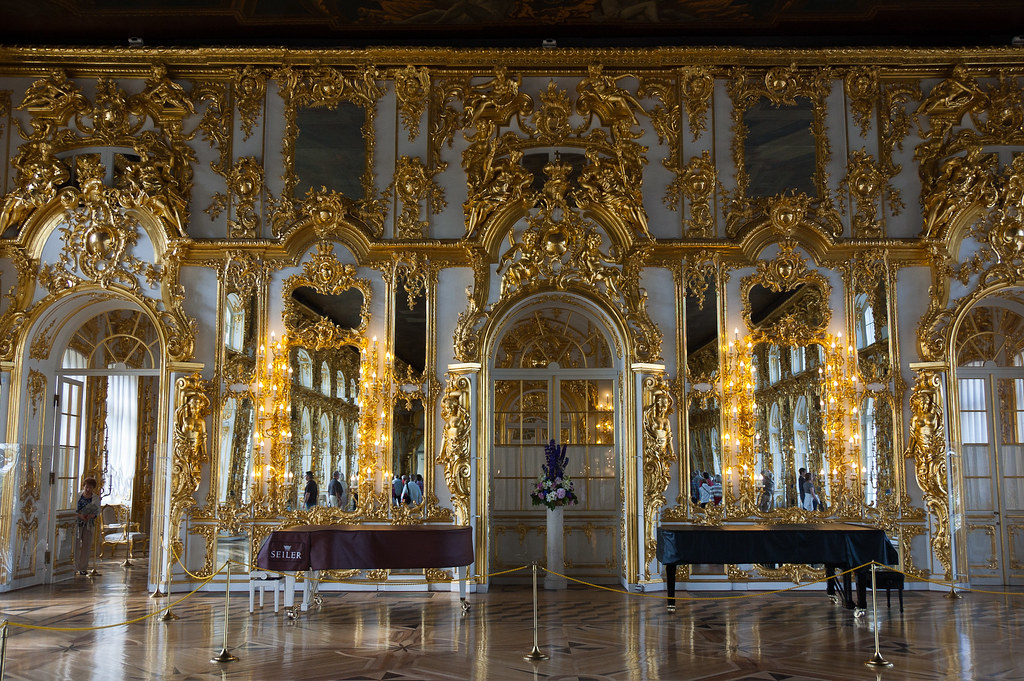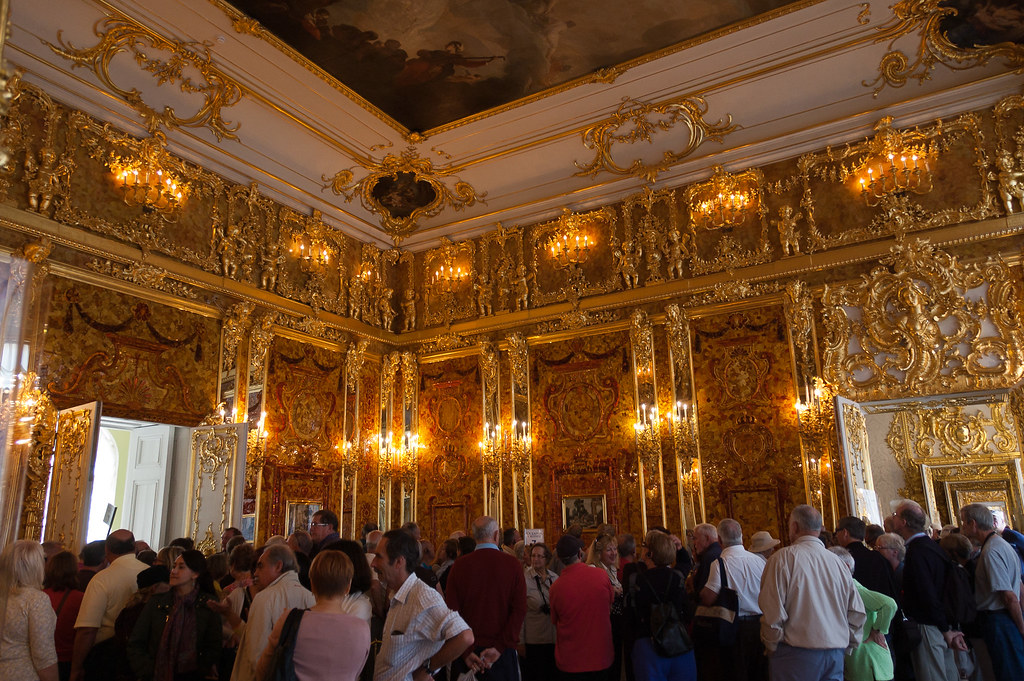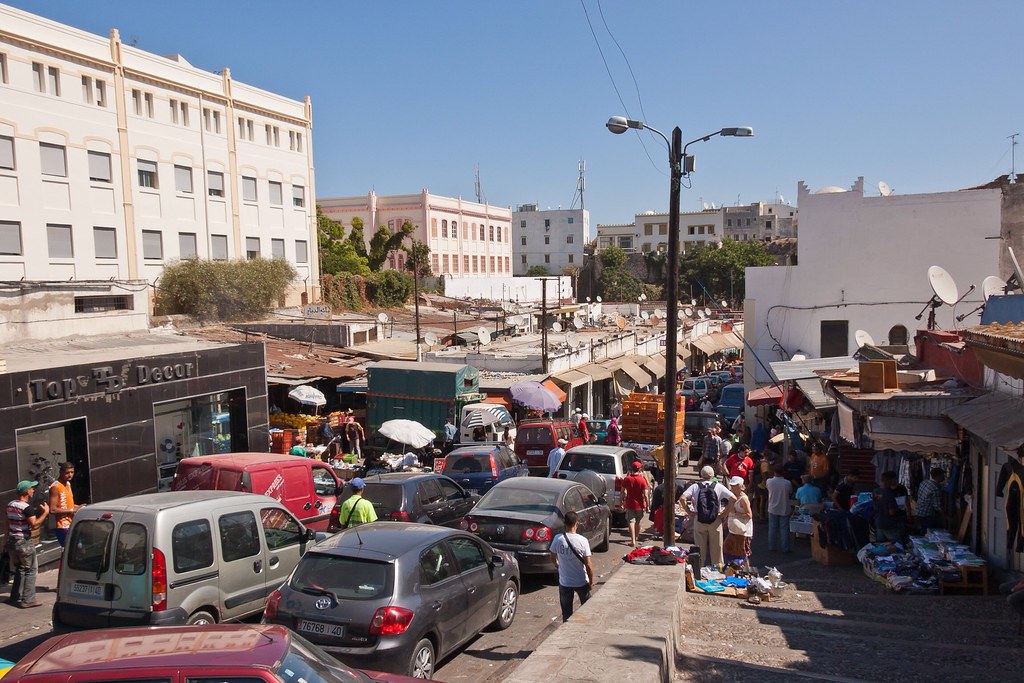
Above: Walking through the streets of Tangier; lots of traffic and lots of street vendors!
Tangier is a city in northern Morocco with a population of about 700,000. It lies on the North African coast at the western entrance to the Strait of Gibraltar where the Mediterranean meets the Atlantic Ocean off Cape Spartel. Famous for its distinctive Moroccan souks (marketplaces), Tangier also exhibits Spanish, French and Berber characteristics.
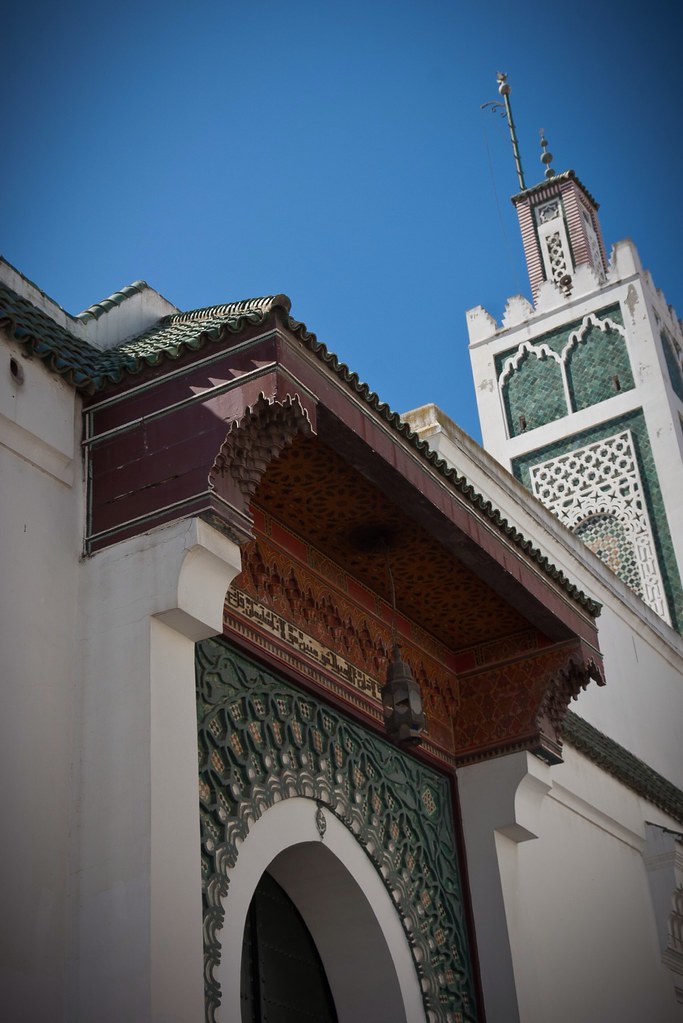
Above: A local Mosque on the streets of Tangier.
The history of Tangier is very rich due to the historical presence of many civilizations and cultures starting from the 5th century BC. Between the period of being a Berber settlement and then a Phoenician town to the independence era around the 1950s, Tangier was a refuge for many cultures.
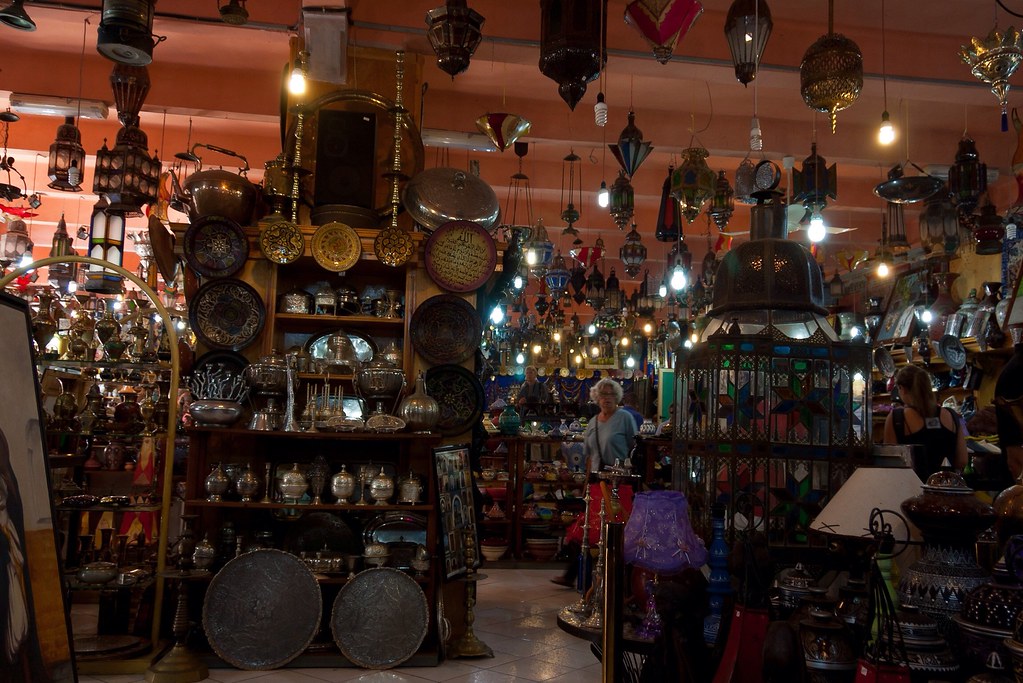
Above: Inside one of the many cave of wonders-type stores that lined the streets!
I visited Tangier with a group of fellow crew members (always a good idea in these sorts of places) and we spent many hours wandering about the city, just exploring the place. We passed through several indoor markets including the one you see in the picture below. This was a rare fruit stall; most of the other stalls were selling lots and lots of meat!

Above: An indoor market selling fruit.
We spied a familiar looking 'M' from lower down in the city and decided to walk up to this little piece of America. The interior was pretty standard but it was cool to see 'McDonalds' in Arabic!
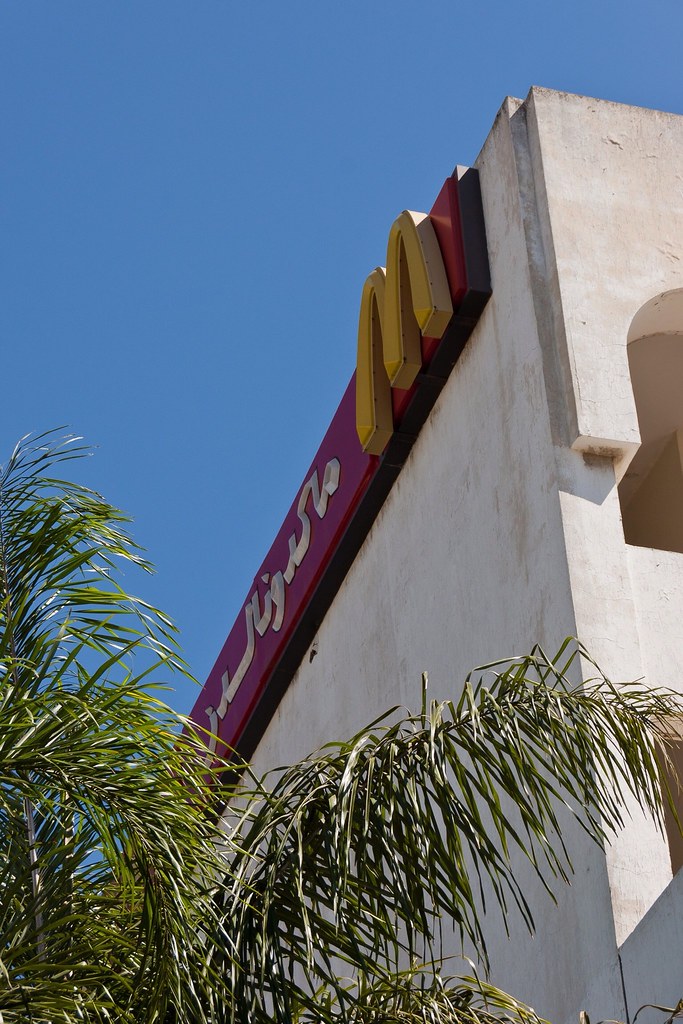
Above: Arabic McDonalds!
This particular McDonalds had one of the best views I had seen from that particular fast food chain so I snapped a picture of Ryndam, docked at Tangier's port.
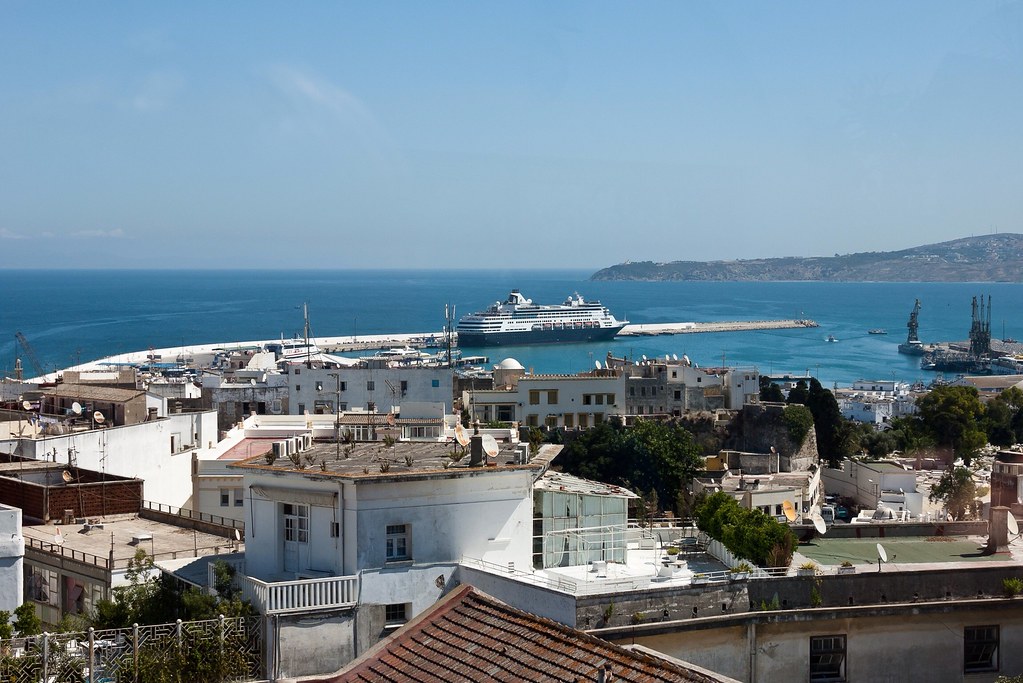
Above: The view from McDonalds!
In 1923, Tangier was considered as having international status by foreign colonial powers, and became a destination for many European and American diplomats, spies, writers and businessmen. Indeed, Tangier has been reputed as a safe house for international spying activities and its position during the Cold War and other spying periods of the 19th and 20th centuries is legendary.
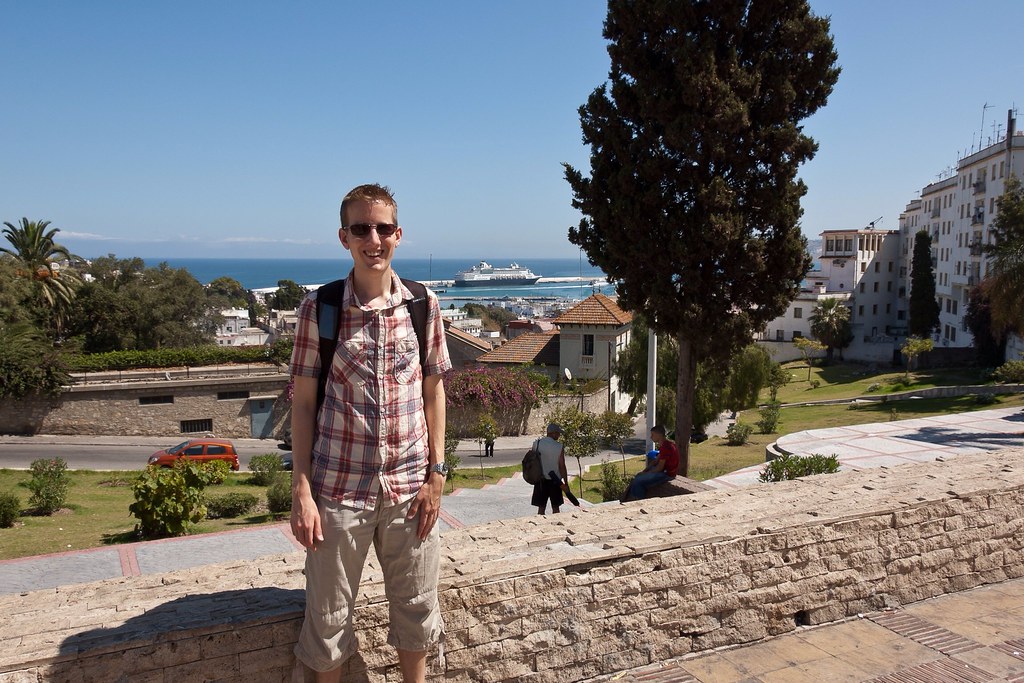
Above: Another shot of the Ryndam in a more scenic part of town.
I am something of a movie fan and so I was interested to learn that Tangier has also been a subject for many spy fiction films, largely due to its legendary status as a real spying centre. Movies that have shot here include 'Inception', 'The Bourne Ultimatum' and two Bond films - 'The Living Daylights' and 'From Russia with Love'.
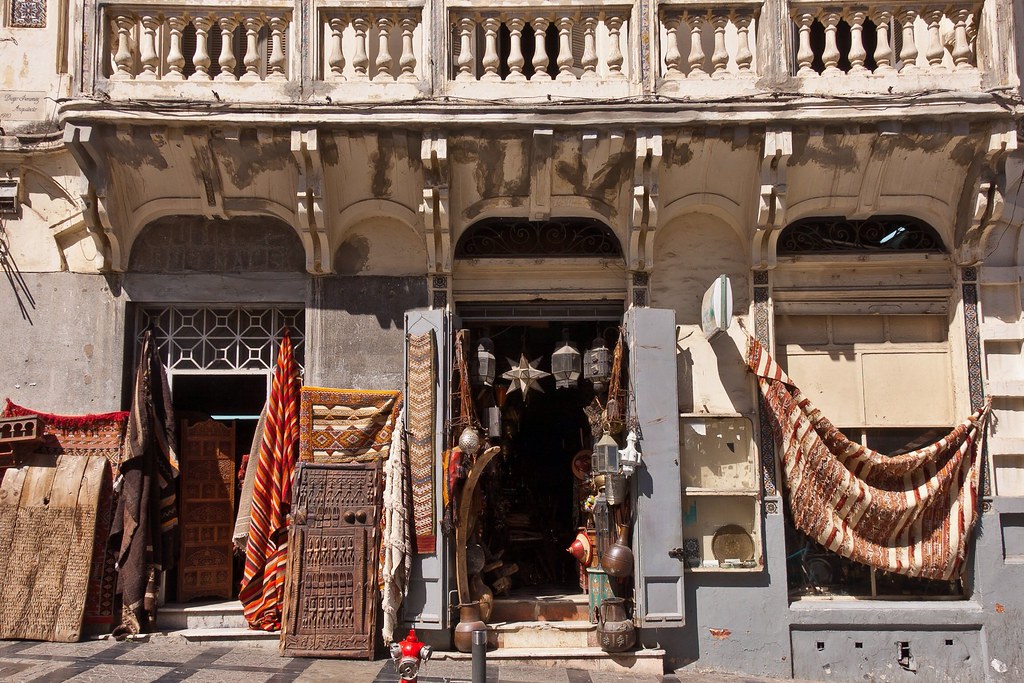
Above: Another intriguing shop facade. Parts of the movie 'Inception' was filmed in and around this area of the city.
The city is currently undergoing rapid development and modernization. Projects include new 5-star hotels along the bay, a modern business district called Tangier City Center, a new airport terminal and a new football stadium. Tangier's economy is also set to benefit greatly from the new Tanger-Med port which is opening soon.
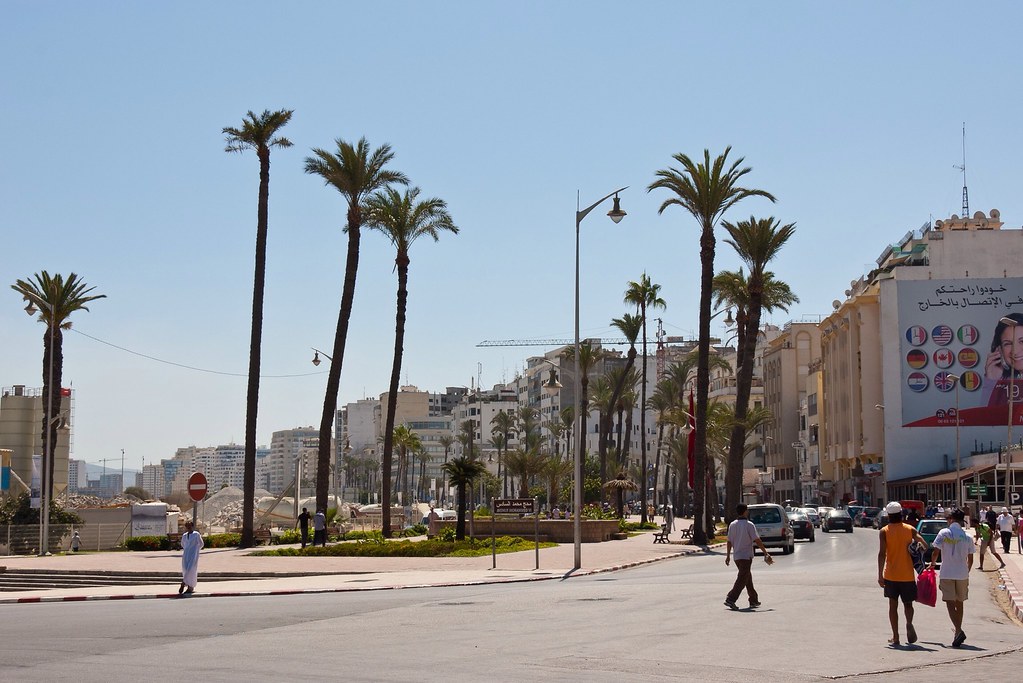
Above: The cityscape curves around the bay with a long sandy beach beginning just past this picture.
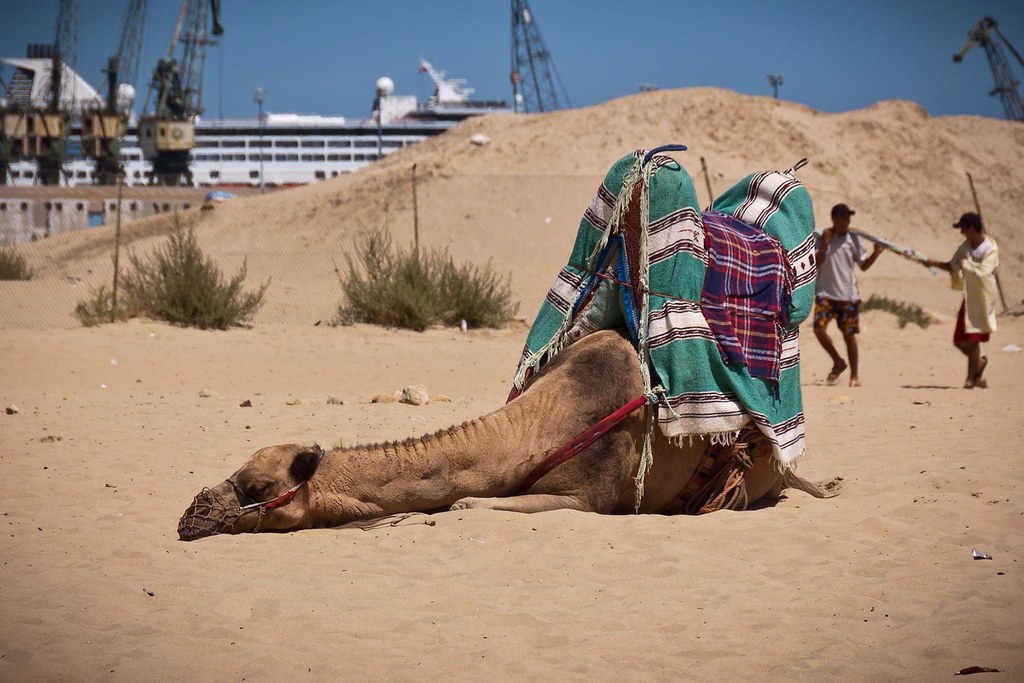
Above: Camel rides for sale on the beach!
Tangier was an exciting city to explore, if a little bit intimidating with lots of street vendors trying to sell you their wares. This was our last time in North Africa, as sadly our visit to Tunisia was cancelled due to the riots over the Muhammad video last month. I will leave you with a shot of the city, taken from the Ryndam. Thanks for reading.
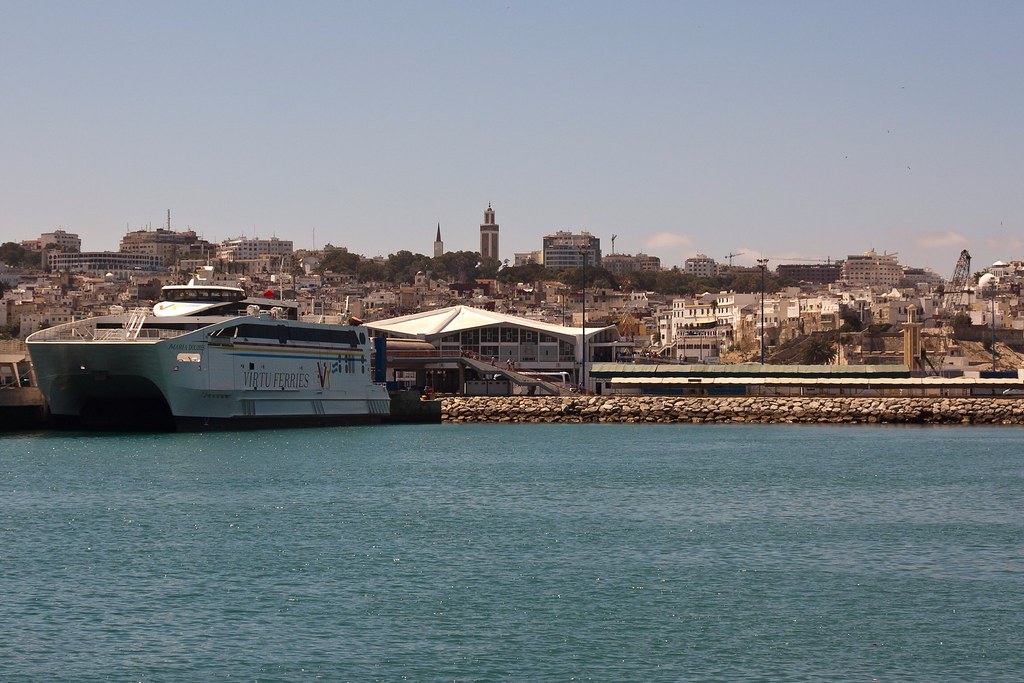
Above: Tangier from the cruise ship pier.

